Name John Stephens Role Writer | Fields Exploration | |
 | ||
Born November 28, 1805Shrewsbury, New Jersey ( 1805-11-28 ) Alma mater Columbia CollegeLitchfield Law School Education Columbia College of Columbia University in the City of New York, Columbia University Books Incidents of travel in Central A, Incidents of Travel in Yucatan, Incidents of Travel in Greece - T, Incidents of Travel in Egypt - Ar, Incidents of Travel in Yucatan | ||
Encountering the maya john lloyd stephens jim crow in the yucatan and mayan civilization part 2
John Lloyd Stephens (November 28, 1805 – October 13, 1852) was an American explorer, writer, and diplomat. Stephens was a pivotal figure in the rediscovery of Maya civilization throughout Middle America and in the planning of the Panama railroad.
Contents
- Encountering the maya john lloyd stephens jim crow in the yucatan and mayan civilization part 2
- Encountering the maya john lloyd stephens jim crow in the yucatan and maya civilization
- Early life
- Politics
- Mesoamerican studies
- Panama Railroad Company
- References
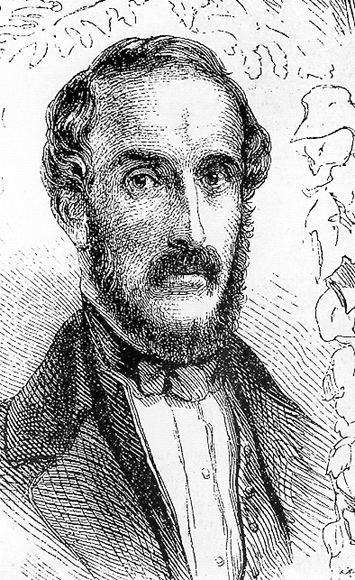
Encountering the maya john lloyd stephens jim crow in the yucatan and maya civilization
Early life
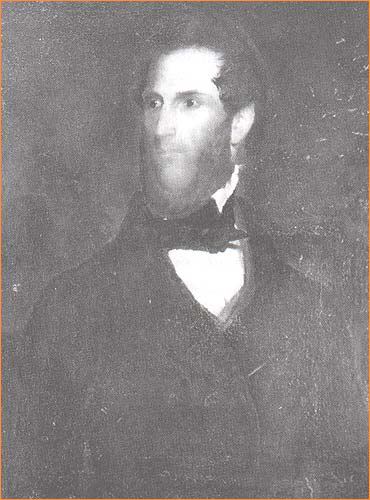
John Lloyd Stephens was born November 28, 1805, in the township of Shrewsbury, New Jersey. He was the second son of Benjamin Stephens, a successful New Jersey merchant, and Clemence Lloyd, daughter of an eminent local judge. The following year the family moved to New York City. There Stephens received an education in the Classics at two privately tutored schools. At the early age of 13 he enrolled at Columbia College, graduating at the top of his class four years later in 1822.

After studying law with an attorney for a year, he attended the Litchfield Law School. He passed the bar exam after completing his course of study, and practiced in New York City.
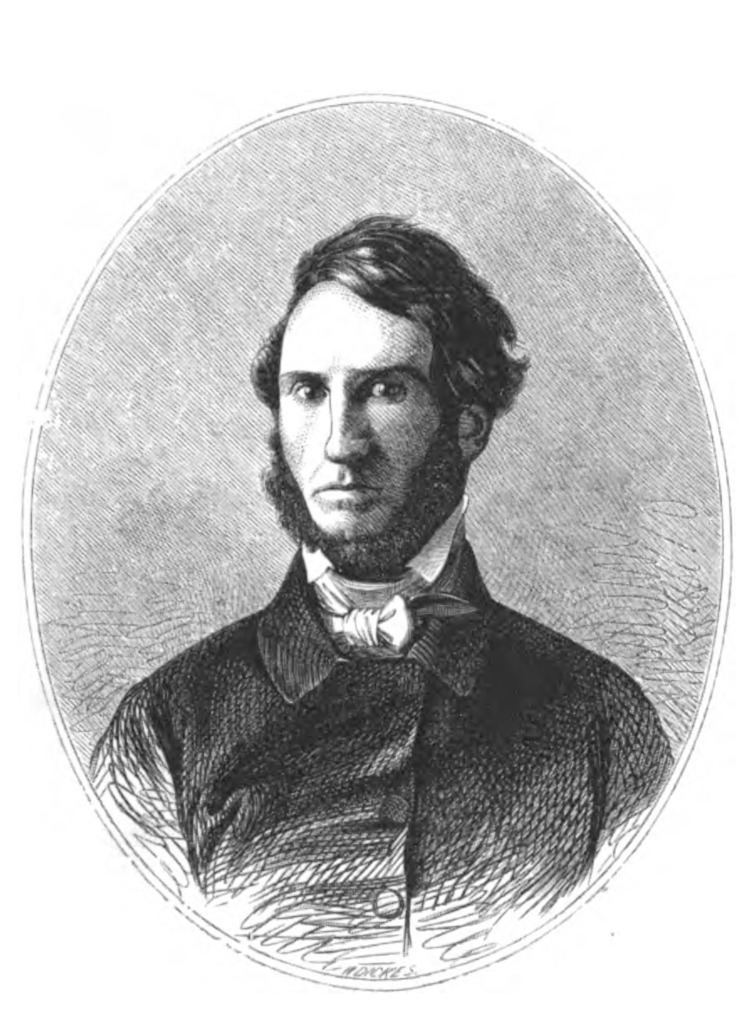
Stephens embarked on a journey through Europe in 1834, and went on to Egypt and the Levant, returning home in 1836. He later wrote several popular books about his travels and explorations.
Politics

He was recommended for the post of Minister to the Netherlands in 1837, but Martin Van Buren nominated Harmanus Bleecker, who served until 1842.
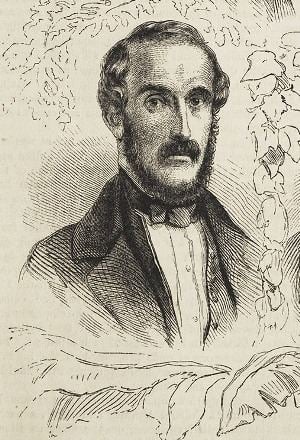
In 1846 Stephens was a delegate from to the state constitutional convention, where he was responsible for the introduction and adoption of a conciliation court (small claims court).
Mesoamerican studies
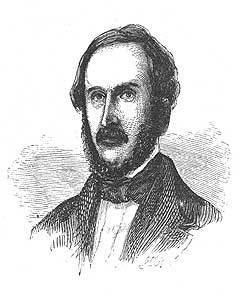
Stephens read with interest early accounts of ruined cities of Mesoamerica by such writers and explorers as Alexander von Humboldt and Juan Galindo.
In 1839, President Martin Van Buren commissioned Stephens as Special Ambassador to Central America. While there, the government of the Federal Republic of Central America fell apart, in a civil war. He later published an account of the events he witnessed in Central America, Incidents of Travel in Central America, Chiapas and Yucatán.
Stephens and his traveling companion, architect and draftsman Frederick Catherwood first came across Maya ruins at Copán, having landed in British Honduras (now Belize). They were astonished at their findings and spent two weeks mapping the site. They surmised that it must have been built by some long-forgotten people, as they could not imagine it was the native Mayans. Stephens was actually able to buy the city of Copan for a sum of $50 and had dreams of floating it down the river and into museums in the United States.
They went on to Palenque, Quiriguá and Uxmal. They reached Palenque on May 11, 1840 and left in early June. While there, they documented the Temple of the Inscriptions, the Temple of the Cross, the Temple of the Sun and the Temple of the Foliated Cross.
They continued investigating Maya ruins with a return trip to Yucatán in October 1841. According to Stephens's book about the trip, they visited a total of 44 Mayan sites such as Mayapan, Uxmal, Kabah, the gateway at Labná, Sayil, Xtampak, Chichen Itza, Tulum, and Izamal. In Uxmal, they documented the Governor's House, the Nunnery Quadrangle and the Pyramid of the Magician. Catherwood also drew a famous view of the well at Bolonchén.
Catherwood's drawings and lithographs showed, without question, the Maya to have been the authors of some of the most artistic and intellectual works of pre-Columbian America. Besides large constructions, they produced works of artistic refinement such as stone and plaster sculptures, frescoes, painted pottery and bas-reliefs in wood. As a result of his explorations, Stephens argued convincingly that the Mayans built the ancient Central American cities in contrast to the theory that ethnic groups from European or Asian civilizations had built them.
Stephens's books served to inspire Edgar Allan Poe, who reviewed three of Stephens's books for the New York Review and Graham's Magazine.
Panama Railroad Company
At the time England enjoyed a monopoly over the ocean navigation to and from the United States. Stephens obtained a charter from the state of New York, and incorporated the Ocean Steam Navigation Company. The company acquired two steam ships, the Washington and the Hermann which made journeys to Europe.
When the Panama Railroad Company was founded in 1849, Stephens was chosen to be Vice President. He visited Panama and New Granada to make arrangements for the laying of the railroad. On his way to Bogotá, the capital of New Granada, he fell off his mule and sustained severe injuries from which he never fully recovered. He returned to the United States, and was appointed President of the railroad. However, he suffered from a disease of the liver, and died on October 13, 1852. He was buried at New York City Marble Cemetery.
Stephens is the subject of a biography Maya Explorer by Victor Wolfgang von Hagen, first published in 1947.
